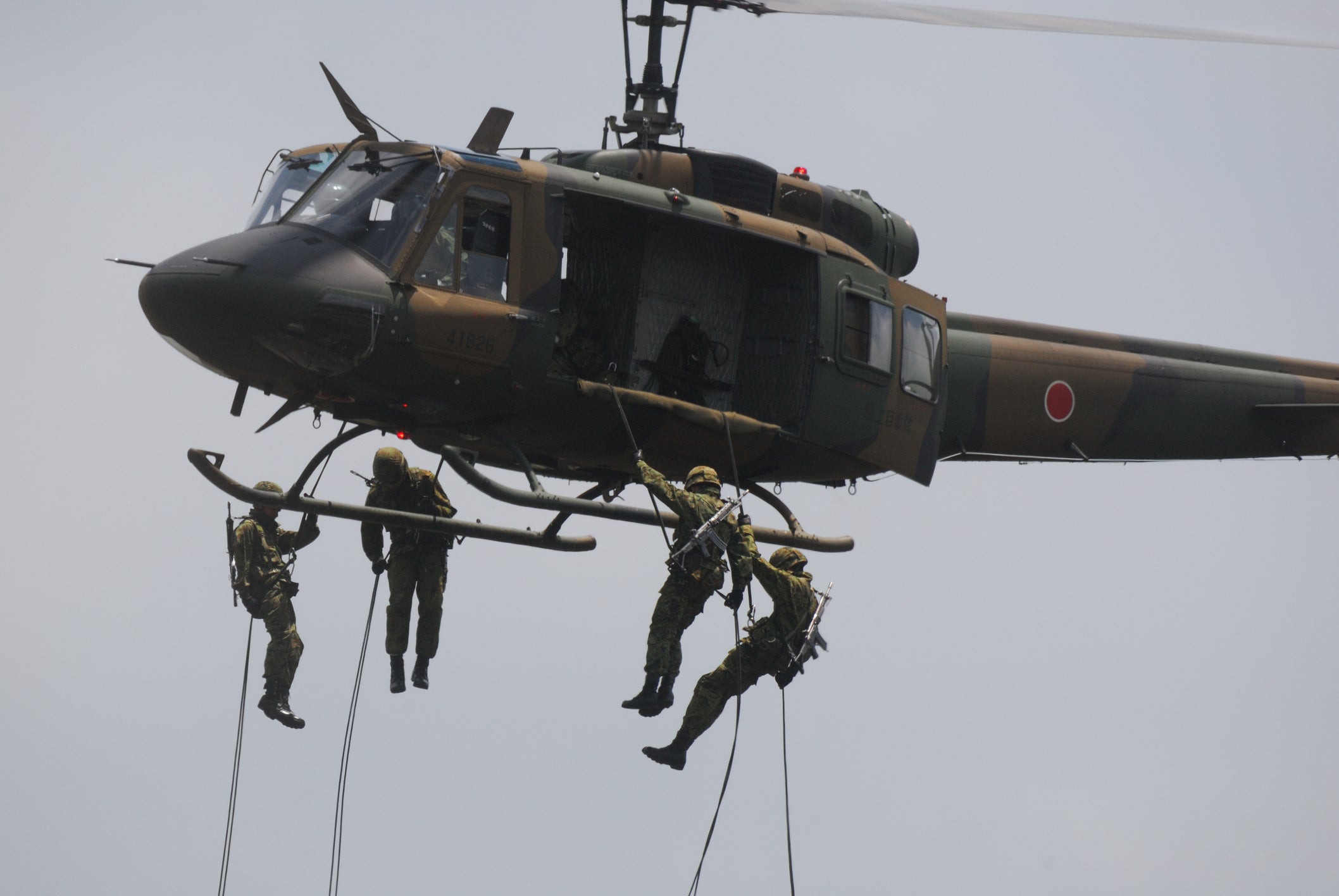How to Keep Your Pet Safe in a Disaster - A Coping Guide for Your Beloved Pet
table of contents
Introduction
1.Emergency preparedness kit for disasters
2. Evacuation plan
3. Pet Identification and Information
4. Pet safety in emergencies
5. Post-disaster care
summary
Introduction
In times of disaster, our number one priority is the safety of ourselves and our families. However, pets are also members of the family and require adequate attention and care in the event of a disaster. In this article, we will introduce in detail specific measures to ensure the safety of pets in the event of a disaster. Protect your beloved pets by keeping the following points in mind.
1.Emergency preparedness kit for disasters
1-1 Pet food and water
Securing food and water for pets is very important during a disaster. Please note the following:
Pet food : Make sure you have at least three days' worth of pet food so your pet can eat for several days. Canned pet food is recommended. Also consider foods that can be stored for a long period of time and emergency foods.
Drinking water : Prepare at least 3 days' worth of drinking water for your pet as well. Calculate based on your pet's weight and amount of water needed. Water storage requires a clean container or bottle that can be sealed.
1-2 Pet medical records
In the event of a disaster, it is important to have your pet's medical information on hand. Prepare your medical records by:
Vaccination Certificate : Copy your pet's vaccination certificate and/or health examination records and place them in a waterproof bag or envelope with the kit.
Record current health : If your pet has certain illnesses or allergies, keep a record of that information. It is also helpful to keep a record of recent medical procedures and medications.
1-3 Necessary medicine
If your pet takes medication on a daily basis, be prepared to continue taking it in the event of a disaster.
Days' Medications : Prepare a few days' worth of medications your pet is taking. Keep the medicine fresh by placing it in a moisture-proof container or ziplock bag.
Prescriptions : Include any prescriptions or instructions related to the medication in the kit. It will come in handy in case you run out of medicine.
1-4 Carrier bags and leads for dogs and cats
In the event of a disaster, you will need a carrier bag and leash to safely evacuate your pet. Please note the following:
Carrier bag : Prepare a carrier bag that fits the size of your dog or cat. Choose a carrier bag that is safe, comfortable, and has enough space for your pet to move around.
Leash : In the event of a disaster, it is important to ensure that your pet is on a leash. Get a strong, sturdy leash.
1-5 Toilet supplies
In the event of a disaster, don't forget to prepare your pet's toilet supplies.
Toilet sheets and cat litter : Prepare toilet sheets and cat litter in the event of a disaster. This is so that your pet can defecate in the right place.
1-6 Other necessities
To ensure your pet's comfort and security, you may also want to include the following items in your emergency preparedness kit:
Favorite toy or blanket : Provide your pet with a favorite toy or blanket to soothe them.
Other Specific Necessities : If your pet needs specific items, include them in your kit. For example, if you have a special diet, prepare that food.
2. Evacuation plan
2-1 Confirmation of evacuation site
In the event of a disaster, it is necessary to confirm in advance the appropriate place to evacuate your pet.
Pet-Friendly Shelters : Some public shelters and hotels in your area have facilities that accept pets. Research ahead and list pet-friendly shelters in your neighborhood. Also, make sure you know what the terms and conditions are.
Veterinary hospitals and shelters : Contact nearby animal hospitals and shelters to see if they can be used as evacuation sites in the event of a disaster.
2-2 Confirmation of evacuation routes
Evacuation routes should be identified and planned for your family and pets to reach a safe location in the event of an impending disaster.
How to contact your family : If your family and pets are in different locations, establish how to contact them in the event of an evacuation. Decide in advance what communication methods you will use during a disaster, such as telephone calls, messaging apps, and SNS .
Emergency Escape Routes : See routes for your family and pets to escape from home to safety. Identify the best route to evacuation sites, including nearby shelters, highlands, and safe areas. It's a good idea to have multiple routes if possible.
2-3 Moving Pets and Ensuring Safety
In the event of a disaster, it is necessary to take measures to safely evacuate your pet.
Prepare a carrier bag and leash : Prepare a carrier bag and leash for your pet to safely transport your pet during an evacuation. Consider using what your pet is accustomed to and replacing as needed.
Pet Identification : To keep your pet from getting lost, include contact information on the microchip or collar tag. Also keep a photo of your pet.
2-4 Ensuring the safety of houses
In the event of a disaster, it is also important to take measures to ensure the safety of your home.
Reserve Confined Spaces : If your pet may be confined to a safe area during an evacuation, reserve that space. If possible, choose a location that allows for ventilation and a water supply.
Storage of Important Documents and Valuables : During an evacuation, you need to protect not only your pets, but also your family's important documents and valuables. Store these items in a waterproof bag or fireproof safe.
3. Pet Identification and Information
3-1 Microchip
A microchip is a small device used to identify and track pets. It is usually inserted into your pet's skin by a veterinarian. A unique number is assigned to the microchip, and this number is used to register pet and owner information in a database. If lost or rescued, they can be scanned at shelters and veterinary clinics to identify their owner's information.
3-2 Collar and tag
Tags are commonly attached to pet collars. The tag contains information such as the owner's name, contact information, and address. The tags are directly removable, so check back regularly to see if the information is up to date. You can also make your pet more visible by using bright colors or reflective material on the collar itself.
3-3 Photos
Keeping a photo of your pet is important. Photos can be used to accurately share your pet's features and appearance in the event of a lost or lost pet. Choose a photo that clearly shows your pet's full body, distinctive patterns, and distinctive markings.
3-4 Health record
A pet health record can help you care for your pet in an emergency or in a new environment. Include and save the following information.
Vaccination history : Your pet's vaccination history is an important indicator of their health status. Proof of vaccination may be required, especially if you leave your pet at a shelter or hotel.
Vet Information : Make a note of your pet's veterinarian's information. In the event of a disaster, you may need treatment for injuries or illnesses.
Allergies or special requirements : If your pet has specific food allergies or special dietary requirements, record that information as well.
3-5 Owner information
In addition to pet identification and information, information about the owner himself is also important.
Owner Name and Contact Information : Keep contact information up to date, including owner name, phone number, and email address.
Communication method in the event of a disaster : Communication infrastructure may be congested in the event of a disaster. Have a backup contact for emergencies and a way to reach out to family and friends.
4. Pet safety in emergencies
4-1 Preparation of an evacuation plan
Create an evacuation plan for your pet in the event of a disaster.
Check Shelters : Do some research in advance about places that accept pets, such as nearby pet-friendly shelters, hotels, and the homes of friends and family.
Evacuation Route Confirmation : Identify and familiarize yourself with the best route to escape to safety with your family and pets.
Emergency contact method : Secure a means of contact with family and friends so that information can be shared quickly in the event of a disaster.
4-2 Preparing the emergency preparation kit
Create an emergency preparedness kit for your pet and include the necessary supplies.
Food and Water : Prepare your pet's food and water for several days. Choose foods that can be stored for a long time, such as canned or dried foods.
Essentials : Include carrier bags, leashes, collars, toys, blankets, litter boxes, etc. for your pet.
Medical supplies : Pet medications, veterinary prescriptions, first aid kits, etc., if needed.
4-3 Pet identification and identification
Identify and identify pets, making it easier to reunite them if they get lost.
Microchip : Microchip your pet to ensure that the owner's information is registered.
Tags and Collars : Attach a tag to your pet's collar with the owner's name and contact information.
Photo and Traits Records : Keep a record of your pet's photos, distinctive markings, and traits.
4-4 Ensuring the safety of pets in an emergency
We will take measures to ensure the safety of pets in the event of a disaster.
Securing and Leading Pets : Securely control pets with carrier bags and leashes to prevent them from escaping.
Secure a safe place : Secure a safe place for your pet at your evacuation site or temporary housing facility.
Provide blankets and toys : Provide blankets and toys to ensure your pet's comfort.
Necessary Care and Medical Treatment : We provide care and medical attention according to your pet's health and special needs.
5. Post-disaster care
To ensure the care and safety of your pet after a disaster, do the following:
Veterinary Consultation : If your pet is sick or injured, contact your veterinarian immediately for medical attention.
Home Security Check : Before returning home, check for disaster damage and hazardous materials to ensure your pet's safety.
Psychological Care : Pets can be stressed during disasters. Provide sufficient reassurance and care, and provide psychological support.
Advance planning and preparation are important to ensure the safety of your pet in an emergency. Create an emergency preparedness kit and evacuation plan for your pet, and identify and identify your pet. In addition, in the event of a disaster, we give top priority to securing and caring for pets and provide a safe place.
summary
The safety of your beloved pet is one of your top priorities during a disaster. Preparation and planning are important, so prepare an emergency preparation kit and check evacuation sites and evacuation routes before a disaster strikes. We also recommend the use of microchips or collars and tags to ensure your pet's identification and safe evacuation. Act calmly in a disaster and choose the best way to protect your pet's safety and health.







